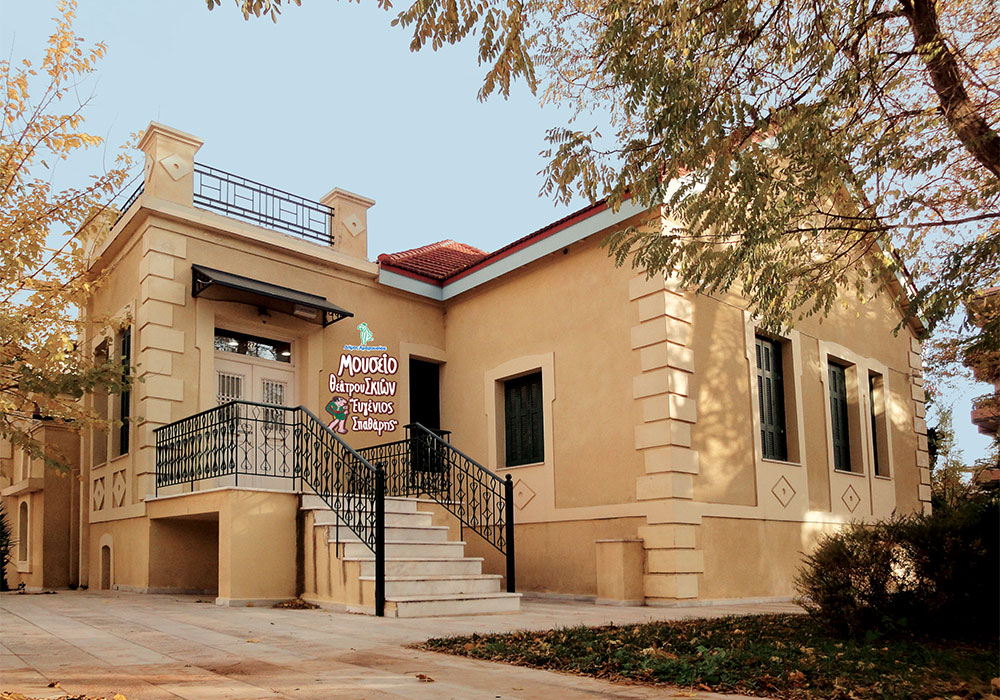
The 465 objects, which make up the collection of the Spatharion Museum of Shadow Theatre – a legal entity under public law – of the Municipality of Marousi, are now protected as newer monuments, with the decision of their classification by the Ministry of Culture, as they are unique and rare documents of the history of shadow theatre in Greece, of the historical and political and social conditions of the respective era of their creation and its protagonists, as well as the outstanding contribution of Evgenios Spatharis and his father Sotiris Spatharis, to the development and promotion of Karagiozis in modern Greece.
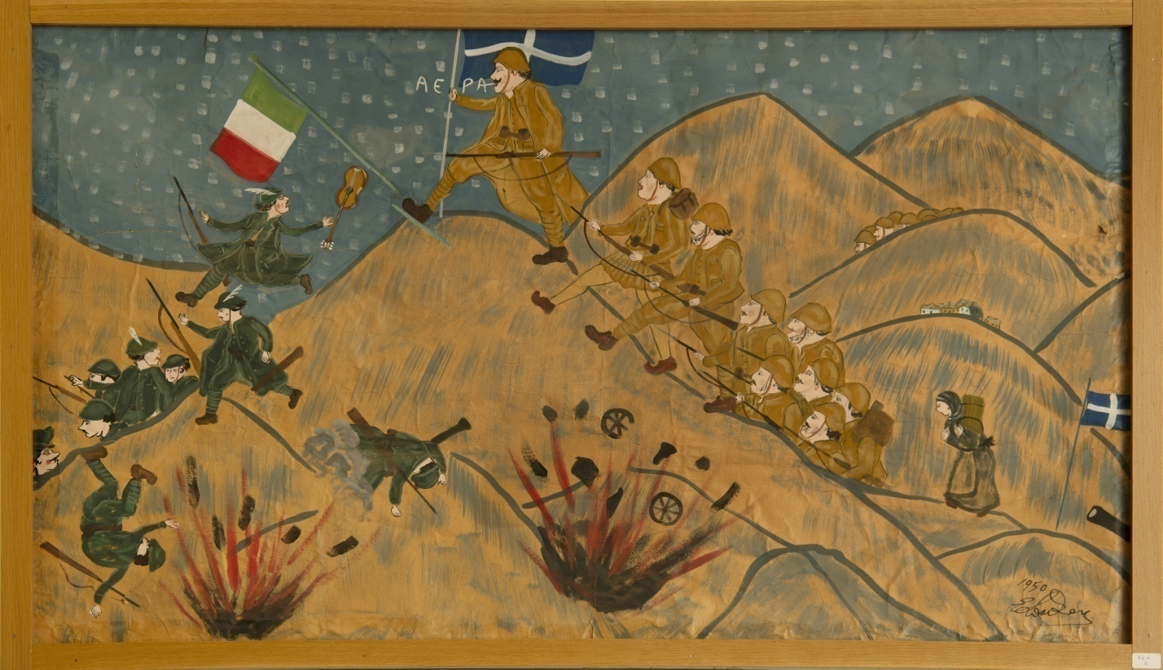
The objects, exhibits of the permanent collection of the Spatharion Museum of Shadow Theatre, were donated by Evgenios Spatharis in 2003 to the Municipality of Marousi. These are mainly works by Evgenios, while there are also several older works by his father Sotiris, as well as objects from the world shadow theatre.
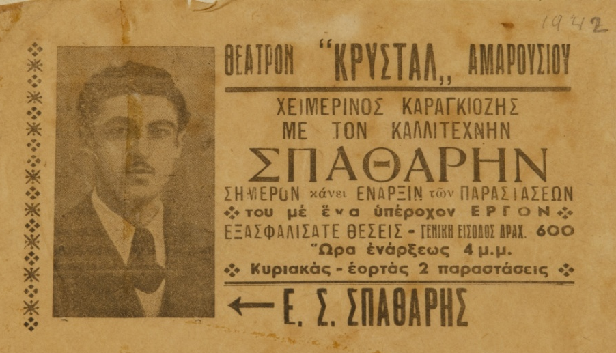
The Minister of Culture Lina Mendoni said: “Evgenios Spatharis was taught by his father the art of shadow theatre, which he loved, protected, respected and promoted. A restless spirit and multifaceted talent, the master of Greek shadow theatre established Karagiozis as an important Greek traditional event, but also as an exceptional art and technique, without losing the genuine popularity it represents. It offered a new dimension and ‘life’ to Karagiozis, as it modernised and animated the popular hero through theatre, cinema, television, music, painting and made him known all over the world. In 1991 he founded, in collaboration with the Municipality of Marousi, the Spatharion Museum of Shadow Theatre, donating 465 objects – figurines and props – which today constitute the permanent collection of the Museum. By designating the collection of the Spatharion Museum as a monument, we acknowledge the special artistic, historical and folklore value of the collection, as evidence of our intangible cultural heritage, but also the important contribution of Evgenios Spatharis with his work and his donation to keep alive the history of the Greek shadow theatre“.
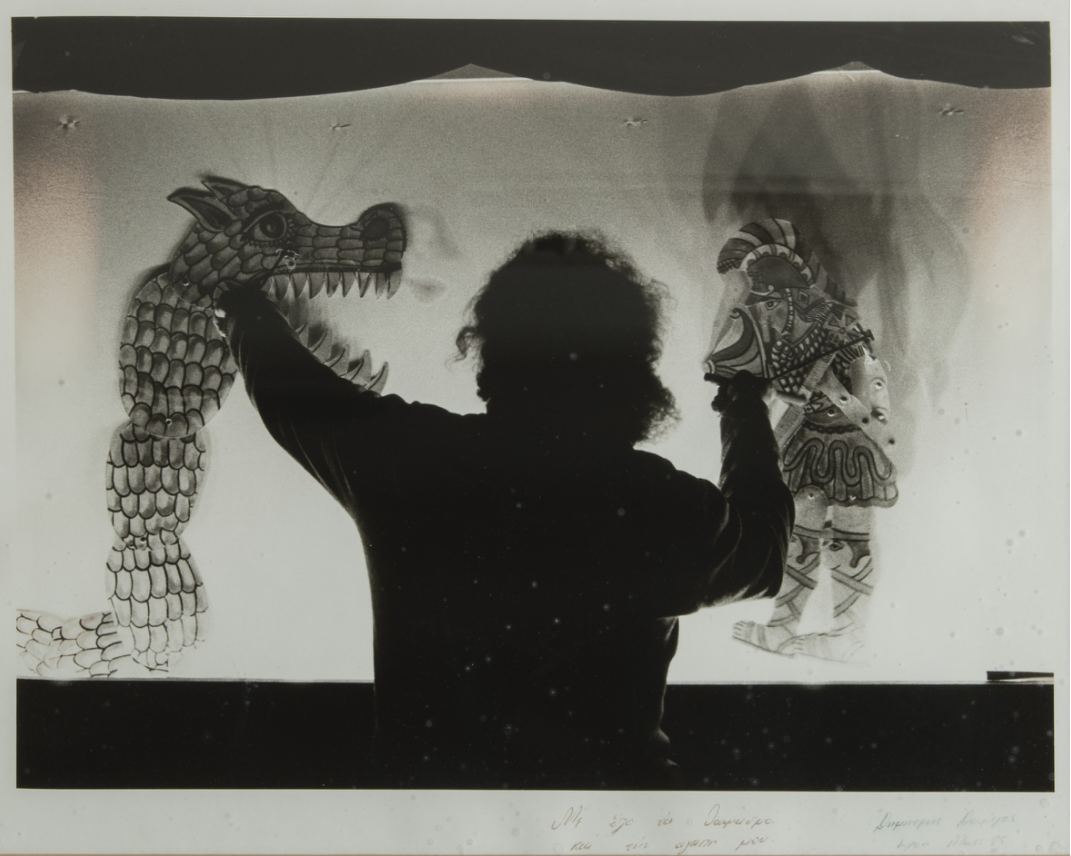
The exhibits in the Museum cover the entire course of Evgenios Spatharis’ work, from his first steps with his father in the 1930s until the end of his life in 2009. The collection is catalogued by the Museum Director Menia Spatharis, daughter of Evgenios Spatharis. The Spatharion Museum is the creation of the long and painstaking effort of its donor and creator in collaboration with the Municipality of Marousi. Founded in 1991, it was initially housed in a renovated neoclassical building in Kastalia Square and later moved to a larger and more functional neoclassical building owned by the Municipality in Marousi. The role of the Spatharion Museum is considered particularly important, as it helps to protect the collections of Evgenios and Sotiris Spatharis, which date back to 1894. In 2000, the annual Shadow Theatre Festival “Spatharia” was established there, with the participation of notable clowns from Greece and abroad.
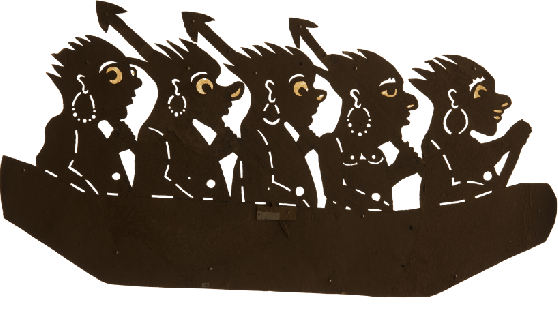
The collection includes the following sections:
The first section includes figures made of cardboard, which was the basic material of construction in the early stages of Karagiozis in Greece and later. In total it includes 87 figures and props, by Sotiris and Evgenios Spatharis, made between 1930 and 1972. Among them is the first ” televised ” Karagiozis, which was shown in 1966, the first year of operation of the Greek Experimental Television Station of the National Radio Foundation (EIR). The second section includes works made of leather -18 basic figures by Evgenios Spatharis between 1935-1980 – which was used as an attempt to present colour in the figures through the berdé, since this material is translucent to light, allowing the projection of coloured figures. The third section presents works made of gelatine that replaces carved cardboard and leather. The introduction of the new material was brought to Greece from America by the puppeteer Theodoropoulos around 1923. Later it was replaced by plastic. The choice of the new material also served the adaptation of Karagiozis to the needs of its television presentation, since in 1979 the SECAM colour system began to be broadcast in Greece. Most of the themes in this section come from Greek mythology, history and politics. The last section is about the objects in the showcases in which various objects used as special effects in the performances are presented, such as musical instruments, hardware, figures from foreign shadow theatres, books, posters and journalistic articles, etc.
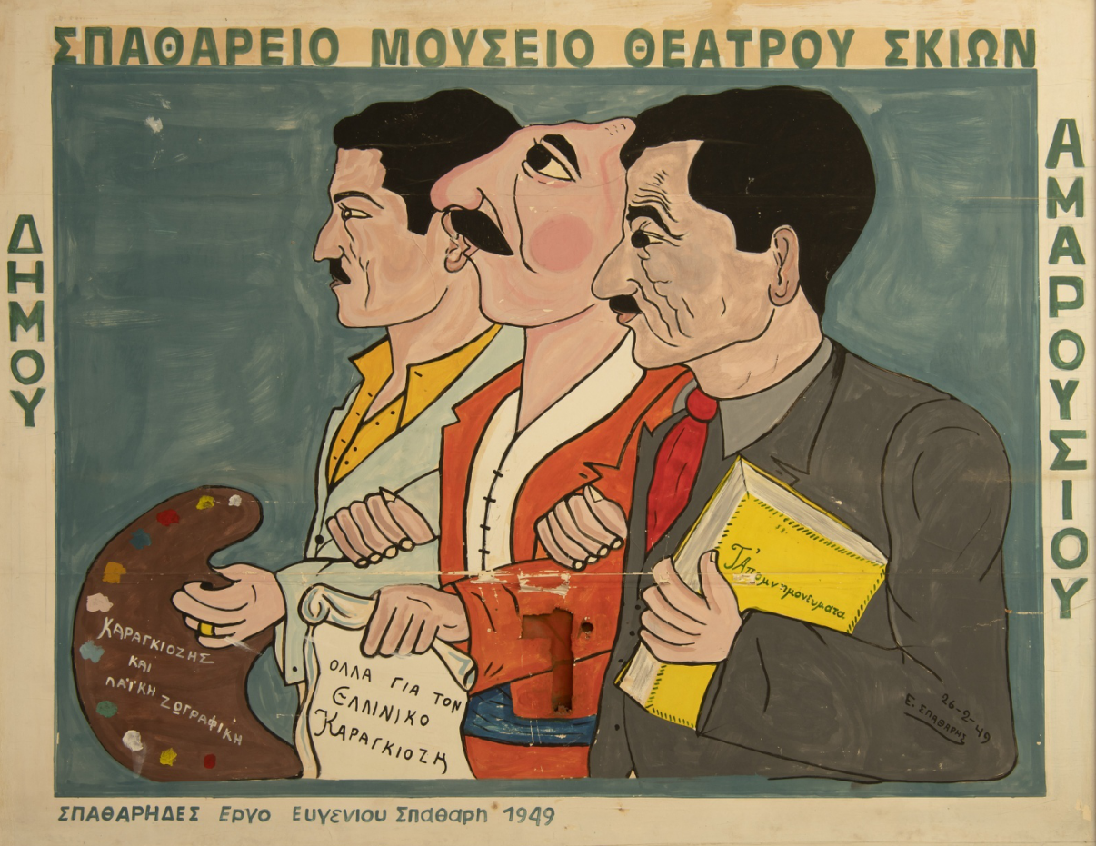
Shadow theatre has its roots in Ancient Greece. In the Cabeirias and the Eleusinian mysteries, which had a ritual character, the shadow, which emphasized the supernatural element of the mysteries, played a very important role. The first written record of Karagiozis dates back to 18 August 1841. It appeared in the last quarter of the 19th century, in Epirus, to develop in Patras, through innovations in characters and themes brought by the puppeteer Mimaros, transforming Karagiozis into a Greek family theatre. Mimaros’ students enriched the Shadow Theatre and handed over the art to Sotiris Spatharis, Antonis Mollis and Christos Haridimos.

Sotiris Spatharis, father of Evgenios, was born in 1892 in Santorini and grew up with his foster parents in Metaxourgion. A defining moment in his life was when he attended a performance of Karagiozis by the puppeteer Yannis Brachalis. It was then that he knew that this was what he wanted to do professionally in his life. He began to fanatically attend the performances of all the important puppeteers of that time and started performing himself, while working as a builder. On his tours he took his son Evgenios, born in 1924 in Kifissia, with him, who was introduced to the art of Karagiozis at a very early age. In the 1930s and 1940s Spatharis became the favourite puppeteer of the artists and intellectuals of Athens. His assistants always for sets and costumes were his wife and son. The contribution of Sotiris Spatharis to the shadow theatre was considerable. He was the first to introduce to Karagiozis the so-called advertising “reclama”, a typical kind of folk painting.

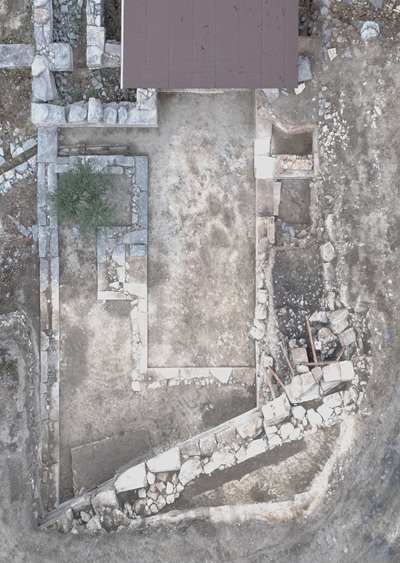
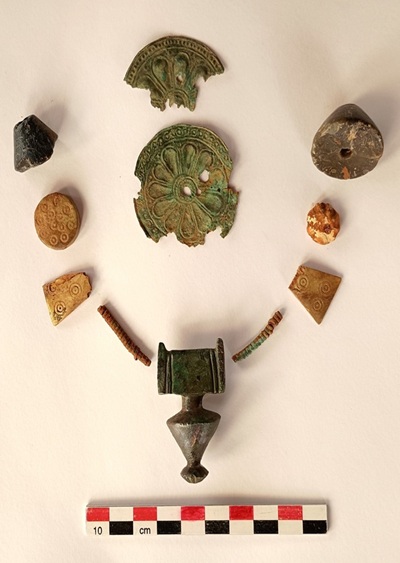
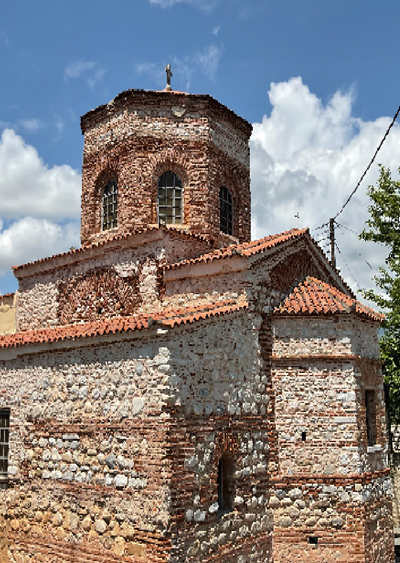
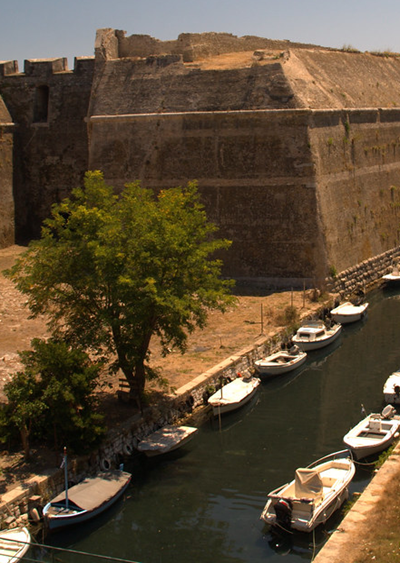


Leave A Comment